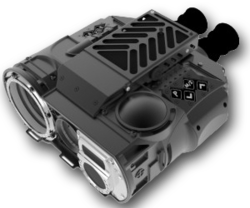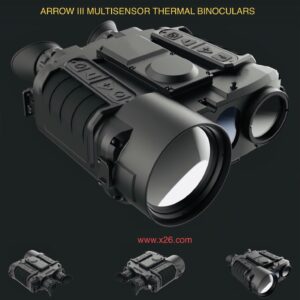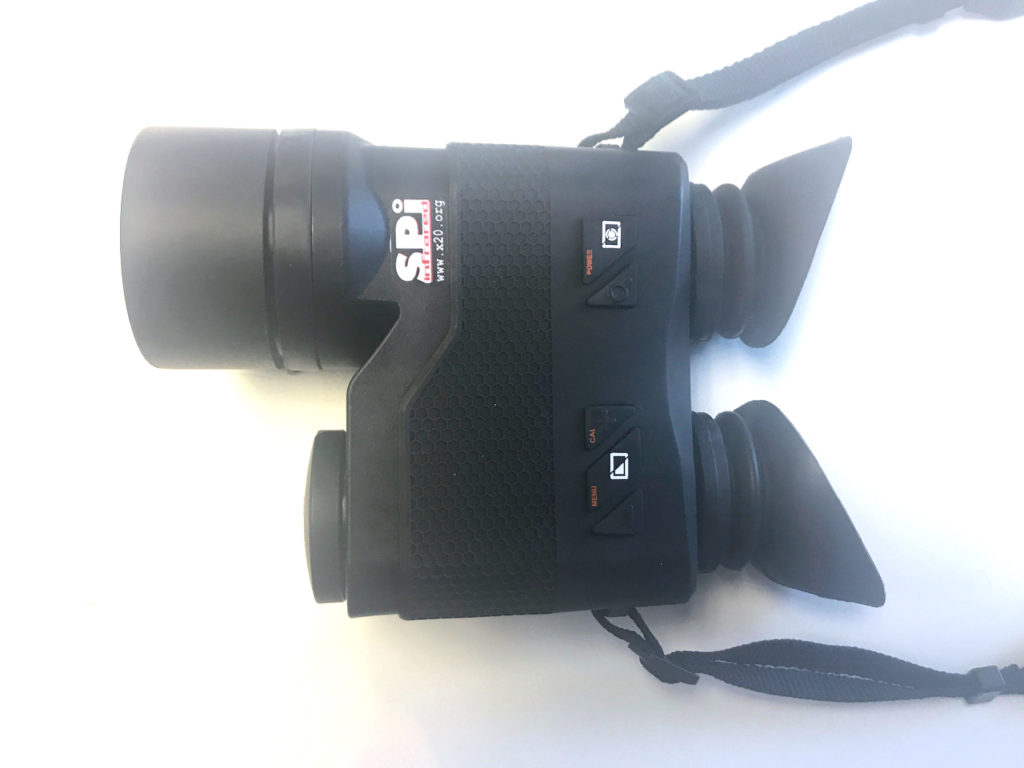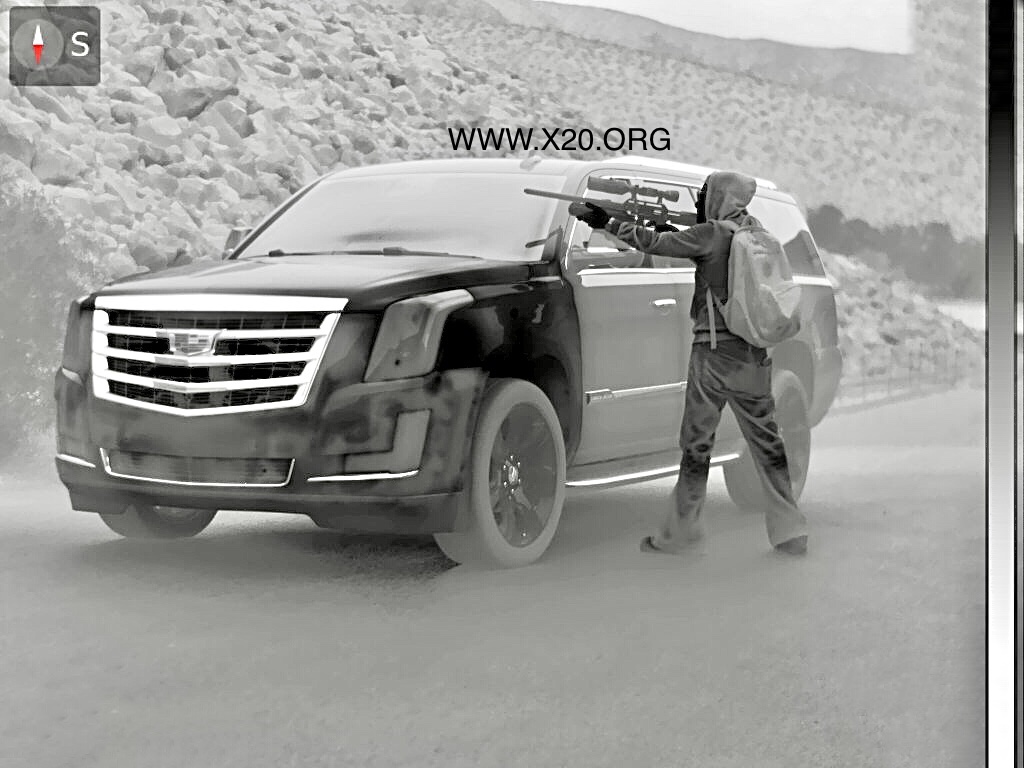Thermal Binoculars
Thermal Binoculars / flir binoculars
See the advantage of advanced low cost flir IR long range thermal binoculars & monoculars from SPI Corp and you’ll get the best in Long range thermal imaging binoculars & flir monoculars anyone can offer. Our thermal binoculars & monoculars feature tough, ruggedized weather resistant housing, making them perfect to use in any conditions at any time of day or night; search & rescue, law enforcement investigations, homeland security / defense or military operations. We have mini long range thermal binoculars and thermal monoculars that are specifically made to keep a steady image even at high speeds on aircraft, vehicle, man portable or boats. Call us today for more information & pricing.We offer long range thermal binoculars and thermal monocular spotters with add-on flir sensors such as laser range finders LRF, compass, gps, geo location and additional tactical sensors for long range target location and detection.
THANK YOU FOR VISITING OUR WEBSITE
SCROLL BELOW FOR THERMAL BINOCULAR SELECTIONS
NEW- ELANUS Long Range Multi Spectral Sensor Fused Tactical Observation/ Surveillance Binocular System
The ELANUS is a Long Range multi function binocular handheld observation / Security / Surveillance system with a day optical sensor
a cooled high resolution MWIR thermal imager along with a laser range finder (LRF), GPS, inclinometer and magnetic compass
all integrated into one compact system. Sensor fusion, image stabilization / enhancement are a few capabilities offered by the unit which can be used as a standalone
hand-held unit with integrated binocular eyepiece or as a mobile PTZ vehicle mounted system bore-sighted
NEW ARROW III MULTI SENSOR LONG RANGE LWIR MWIR UNCOOLED THERMAL
BIOCULAR SYSTEM WITH LRF, GPS, DMC, ZOOM CCTV, FUSION
CLICK HERE FOR ADDITIONAL INFO
The Arrow is an advanced long range state of the art lightweight Ultra Ruggedized next generation digital multi purpose multi sensor hand held/pan tilt zoom PTZ Thermal Imaging, long Range CCTV
Tactical binocular system with advanced laser rangefinder and GEO custom features.
Product Search




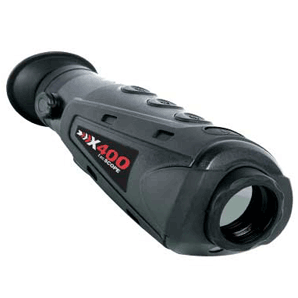

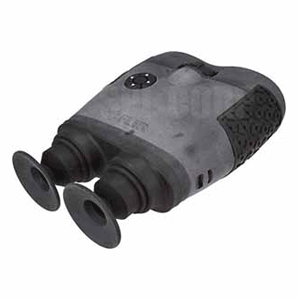

Product Page
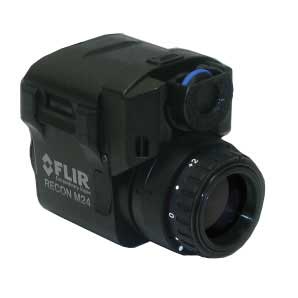
Product Page

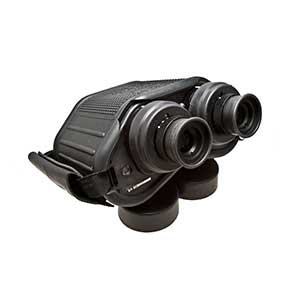





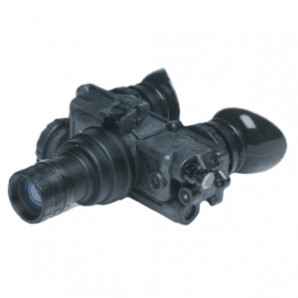

Just Released the Sapphire long range 60 hz light waterproof thermal imaging flir binoculars
SPI is implementing new high resolution imaging system integrated with the new Eagle Eye-X Binocular Dual Eye WUXGA OLED imaging viewer engine
Long range thermal binoculars are a prime choice for many military, law enforcement, and homeland security professionals, typically the use of a dual eye binocular or biocular system is preferred over single eyed monoculars due to the enhanced image presentation to the users eye. HD high resolution Oled micro displays offer big screen style immersive viewing capabilities which is pleasant to the eye and Aids in reduced eye strain and fatigue. SPI has many standalone long range thermal Flir binoculars with multi sensors giving multi spectral imaging capabilities. Day and night vision cameras along with geo locating sensors and ir lasers are added to compliment the overall system and increase its capabilities, today’s top tier SPI thermal binocular observation/reconnaissance and detection systems have up to a dozen sensors and detectors added into a single platform.
Contact Mike for COTS or custom MWIR cooled or LWIR uncooled thermal binoculars
Long Range Thermal Binoculars (thermal imaging FLIR) reference data.
MCR3 Ultra Long Range MWIR Multi Function
Rugged Thermal Imaging binocular

*Ultra Long Range MWIR Imaging with Narrow FOV up to 0.9 Degrees
*Long Range Laser Rangefinder
*IR Laser Pointer
*GEO Location onboard features
*Battery/External power operation
*Tripod / PTZ Mountable
*Includes Tripod & PTZ motor
*Onboard Image Storage
*Includes External Color screen with SD card video recording
*BNC live real time video output pipes live imagery to monitors, pc, COTS recording devices
*Rugged all weather construction, includes all standard accessories/Hard case
*Includes MWIR Afocal Beam Expander for extended Range imaging
FEATURES
High resolution, large format 640×480 mid-wave InSb sensor Instant-on, long-wave channel
Medium, Long Range & Ultra Narrow Field of views (11 Degree V / 4 Degree V / 0.9 Degree V) With supplied Beam expander
Internal Global Positioning Sensor (GPS) and Digital Magnetic Compass (DMC) and modular Laser Rangefinder (LRF)
IR laser pointer Built in
Flexible remote control, power and video options Lightweight and rugged Mil STD 810-F qualified
New automatic digital image processing techniques Runs for over 4 hours on D cell LI batteries Modular design for future upgrades
BENEFITS
Delivers unmatched range performance and image quality
Provides fast situational awareness and a redundant sensor
Perfectly matched zoom settings for the short, medium and long range reconnaissance mission
Provides precision geo location of targets with eye-safe laser rangefinder
Offers additional tactical advantage when coupled with night vision equipment
Can be configured for tripod use with full remote control with video output for continuous operation
Reduces operator fatigue for long duration missions without sacrificing field hardening
Offers image detail unmatched by analog systems Get long run times on commercially available batteries
Offers mission flexibility and customization based on your requirements
SPECIFICATIONS ILLUSTRATE FOV WITHOUT MWIR OPTICAL AFOCAL BEAM EXPANDER
Description and specifications subject to change with out notice,
Items described Herein require US State department license for Export!
What Are long range Thermal imaging binoculars?
Military thermal binoculars are a special device that allows the user to see in total darkness thanks to a special optics with infrared radiation.
How The long range Thermal flir binocular Camera Was Discovered?
In fact, such a vital device couldn’t even exist without the discovery of infrared radiation. Luckily, in 1800, a necessary breakthrough was achieved by astronomer Sir William Herschel. Since then, infrared light was mainly used for measuring temperature. As a result, there was active employment of new technology in daily life, so there appeared a high demand for the production of appropriate detectors and sensors for bolometers and thermometers. And the next game-changing step was made by Leopoldo Nobili: applying the Seebeck effect, in 1829, he brought the first thermocouple into the world. It was the better version of a regular thermometer and the raw version of a thermopile. The development of detectors was interrupted by World War I. But beginning in 1913, there appeared more and more new discoveries for civilians where
long range Thermal imaging binoculars
technology was successfully implemented.
The first military thermal binocular camera appeared in Britain for air defense in 1929. The inventor was Kálmán Tihanyi – a physicist from Hungary. Meanwhile, in the USA it was the line scanner. This device was developed by the union of commercial company Texas Instruments and the US military in 1947. However, it had a major drawback – it took one hour to draw the image.
The advanced thermal binocular camera alternative was implemented for British defense in the 1950s. It was a linescan unit that comprised a special detector and constantly rotating mirror that was launched by the minor motion of any flying object. It was called Yellow Duckling that was a prototype of the first implementation of landline scans for protecting underwater attacks. Unfortunately, the expected function of wake detection systems didn’t work properly, but it served as a push for the active adoption of IR technology for scanning for military purposes.
There were a few more crucial thermal binocular discoveries since that time, but the last one that made the production of military thermal binocular camera to grow significantly was pyro-electronic scanning and solid-state thermal-imaging arrays. They were the fundamentals of all the modern thermal vision devices that are operated by the hybrid single-crystal-slice.
Types Of Military long range thermal binoculars
Currently, all thermal binoculars are divided into two types: those that have cooled or uncooled detectors. Both have their specific features that can suit certain conditions.
Speaking about the working principle, the user doesn’t see the real picture but the image reproduction by measuring the heat from the target by infrared rays only. Thus, it doesn’t require any ambient light so it can work not only during the day but at night too. To be more precise, the IR radiation measures the waves’ length and then renders the image based on the result. The picture is usually monochrome: the higher temperature the target has, the lighter the picture will be. However, the latest versions of thermal binoculars can produce the picture with a range of colors.
Thermal binoculars with uncooled detectors are often encountered units because they are less pricey due to the simplified process of production. In particular, these gadgets are equipped with sensors that work at ambient temperature. Their principle of work stands for measuring the after IR heating values of current, resistance, and voltage in a result of directing the infrared beam onto the object. Then, it automatically compares the output and input values in order to render the image. Such construction doesn’t guarantee the high precision results, particularly, the image has a low-quality resolution.
thermal binocular flirs with cooled detectors is an expensive option because of its technology of production and additions that it comes with and supports its proper work. The point is that the cooled detector is sealed with a vacuum container that requires constant cooling. Such a solution allows devices to work with extreme temperature ranges and produce the highest precision of the image. The military-grade thermal goggles belong to this type of thermal vision device providing users with high-performance results.
Thermal imaging flir binocular camera in use
The scopes of where the thermal imaging binoculars (including military) can be applied are almost unlimited. Besides, the technology always refines so it is rightly considered to be a vital product made by mankind, especially for defensive purposes. However, the usage of thermal vision devices is also important. In particular, building industry and troubleshooting of heat leakage, moisture occurring in houses, etc.
Another useful application is in anti-terrorism, illegal country visitors monitoring, and fire-fighting purposes.
On a separate note, the IR technology is also actively used in medicine and veterinary, of course, such devices are pioneers in astronomy and universe discoveries.
thermal binoculars are any essential asset to any modern military and law-enforcement organization provides incredible night vision capabilities at short medium and long ranges
SPI has over 20 years dealing directly with thermal imaging equipment and will provide you the best bang for the buck system especially when it comes to advanced long-range multi sensor binocular systems.
ABSTRACT
Today’s war fighter requires a lightweight, high performance thermal binocular dual eye flir IR imager for use in night and reduced visibility
conditions. The operational requirements dictate that the system be lightweight, but still have significant range
capabilities and extended operating time on a single battery load. The development of a hand-held binocular FLIR using a staring focal
plane array imager. This paper will discuss the resulting system design and performance, a successful result of
tradeoffs made in the areas of infrared characteristics, size, weight and power (SWaP) to ensure a lightweight, but
high performance thermal imager.
Thermal Binoculars in MWIR cooled and LWIR uncooled
1. INTRODUCTION
Modern day ground forces operating throughout the world need for their personnel to be equipped with a personal
thermal imaging binocular FLIR camera to provide capability for detection, recognition and acquisition of tactical targets at day and
night, and under adverse weather conditions. This imager would give combat and reconnaissance units a decided
edge in today’s combat environment. The desired system was to have been fully developed with “state of the art”
core technology. The system was also identified to give the user other potential detection capabilities. Specific
requirements included:
• Detection of Man-Sized Targets at 3500 meters (minimum)
• Recognition of Man-Sized Targets at 2200 meters (minimum)
• Detection of Vehicle-Sized Targets at 7500 meters (minimum)
• Weight of under 6 pounds
• MIL-STD-810F Qualified
The detector outputs are multiplexed, digitized, and stored in processor memory. The stored image
is reformatted into a standard video image for display on a high-resolution organic light-emitting diode (OLED). In
addition to a comprehensive, permanent factory Non-Uniformity Correction (NUC), a fast field-NUC algorithm
allows the user to easily correct for image non-uniformities during normal operation. The system uses standard
military rechargeable or disposable batteries (NSN). An external communications protocol and video output allow
for remote control and imagery viewing.
Optional accessories include a 2X optical telescope, laser rangefinder, integral GPS receiver, and integral digital
magnetic compass (DMC). The system was intended to be used primarily for surveillance and reconnaissance;
however, with the options, it can also be used as part of a fire control solution.
2. INFRARED BAND SELECTION
monocular and binocular system types exist such as
Binoculars (thermal imaging FLIR). The typical
demonstrated in numerous field tests and demonstrations. For comparison we have calculated range performance of
A critical decision in the size, weight and power (SWaP)
5. GROWTH CAPABILITY
The Long Range Thermal Binoculars (thermal imaging FLIR) can be modified to
accomplish specialized missions through the installation of a recently developed
image processor and a color OLED eyepiece display. This processor allows implementation of image processing
algorithms for specialized applications including dynamic range stretching, contrast enhancement, edge detection
and other common and useful functions. Optional accessories include a 2X optical telescope, laser rangefinder,
integral GPS receiver, and integral digital magnetic compass (DMC). The system was intended to be used primarily
for surveillance and reconnaissance; however, with the options, and by use of the included video output and external
data interfaces, it can also be used as part of a fire control solution. The imager, therefore, is a standard platform in
which is readily modified and upgraded depending upon specific user requirements.
SUMMARY Todays Long Range Thermal imaging FLIR binoculars with in LWIR and MWIR cooled running at 9hz 30 hz and 60hz offer quite robust performance with precision lenses and additional Sensors like color night vision, lrf, gps, compass, image recording, ir laser pointers, designators and illuminators. 12 micron detectors along with new 10um sensors & mini high powered Dsp and fpga processors allow for video live real time picture motion capture collection storage and playback in visible infrared Spectrum and other HD wavelengths. Geolocation, audio and other useful advanced military battle features are being implemented into new next generation SPI thermal binoculars.
SPI thermal binocular devices use the latest in cutting-edge technology and infrared imaging. This allows them to pick up temperature differences and changes that occur with both natural and man-made objects and use that data to generate an image. This enables visibility in near to total darkness, across rough terrain, and through challenging or changing weather conditions. Our thermal binoculars also offer:
- Digital photography and video recording capabilities
- Professional-grade lens materials and ergonomic design
- Integration with iOS and Android smart devices
Our thermal binoculars utilize the scientific principles of black body radiation (any object with a temperature above absolute zero must emit infrared radiation). Thermal photography, or thermography, works by detecting the level of radiation that an object emits, which will change in response to any increases or drops in that object’s temperature, even if those variations are very subtle.
SPI is dedicated to using the latest technologies available to develop elite thermal binoculars. These technologies allow you to customize your device dashboard, choose from several color pallets options, and either manually or automatically reduce pixelation. All of our binoculars are made of high-grade aircraft aluminum alloy, making the them both lightweight and highly durable.
We offer a wide range of expert-tested, professional-grade thermal binoculars. They feature:
- Lightweight, compact, durable construction
- Long-range observation
- Tripod-mountability
- Ergonomic, easy-to-operate controlsSPI military grade long range thermal binoculars are Rugged, all weather, state of the art dual eye thermal imaging flir systems. These devices come in uncooled LWIR And Cooled MWIR thermal imaging sensor Choices both in standard definition and in HD high definition. Utilizing small micro pitch detectors, our long range thermal binoculars pack optics that can reach out in excess of 10 kilometers for human and vehicle detection applications, this is considered very long range especially in total darkness for a handheld thermal imaging unit. Our handheld long range thermal imaging binoculars also come with a variety of complementary Sensors to add for mission readiness. Sensors like laser rangefinder’s (LRF), infrared laser pointers, infrared laser illuminators complementary lowlight HD visual day cameras, our EO/IR long range thermal binoculars also have GPS and DMC (Digital Magnetic Compass) modules for geolocating capabilities. Our military grade long range thermal binoculars are a premier choice by military and border protection personnel, the advantage of using thermal binoculars is the ease of viewing especially for long durations while using both eyes. Our thermal cameras offer the user crisp, clear image quality with outstanding detail, clarity and fidelity. Long range thermal binoculars housing tend to be bigger in size compared to Long range thermal monoculars, this extra real estate in the housing allows for the incorporation of the additional optics, sensors, and modules making up a complete multiSensor thermal binoculars system.
Our thermal binoculars come with many built-in features and a robust selection of included and optional accessories, like IP 65-IP 68 protection, high-grade aluminum alloy housing, a variety of Germanium objective lenses, wireless remote control, digital zoom and menu navigation, and more.
Long range thermal binoculars are a prime choice for many military, law enforcement, and homeland security professionals, typically the use of a dual eye binocular or biocular system is preferred over single eyed monoculars due to the enhanced image presentation to the users eye. HD high resolution Oled micro displays offer big screen style immersive viewing capabilities which is pleasant to the eye and Aids in reduced eye strain and fatigue. SPI has many standalone long range thermal Flir binoculars with multi sensors giving multi spectral imaging capabilities. Day and night vision cameras along with geo locating sensors and ir lasers are added to compliment the overall system and increase its capabilities, today’s top tier SPI thermal binocular observation/reconnaissance and detection systems have up to a dozen sensors and detectors added into a single platform.
We are here to help assist you in selecting the absolute highest quality, cost effective
day/night video security/surveillance system for your needs.
CALL (702) 499-9551 OR EMAIL US FOR
ADDITIONAL INFO AND DISCOUNTED PRICING


